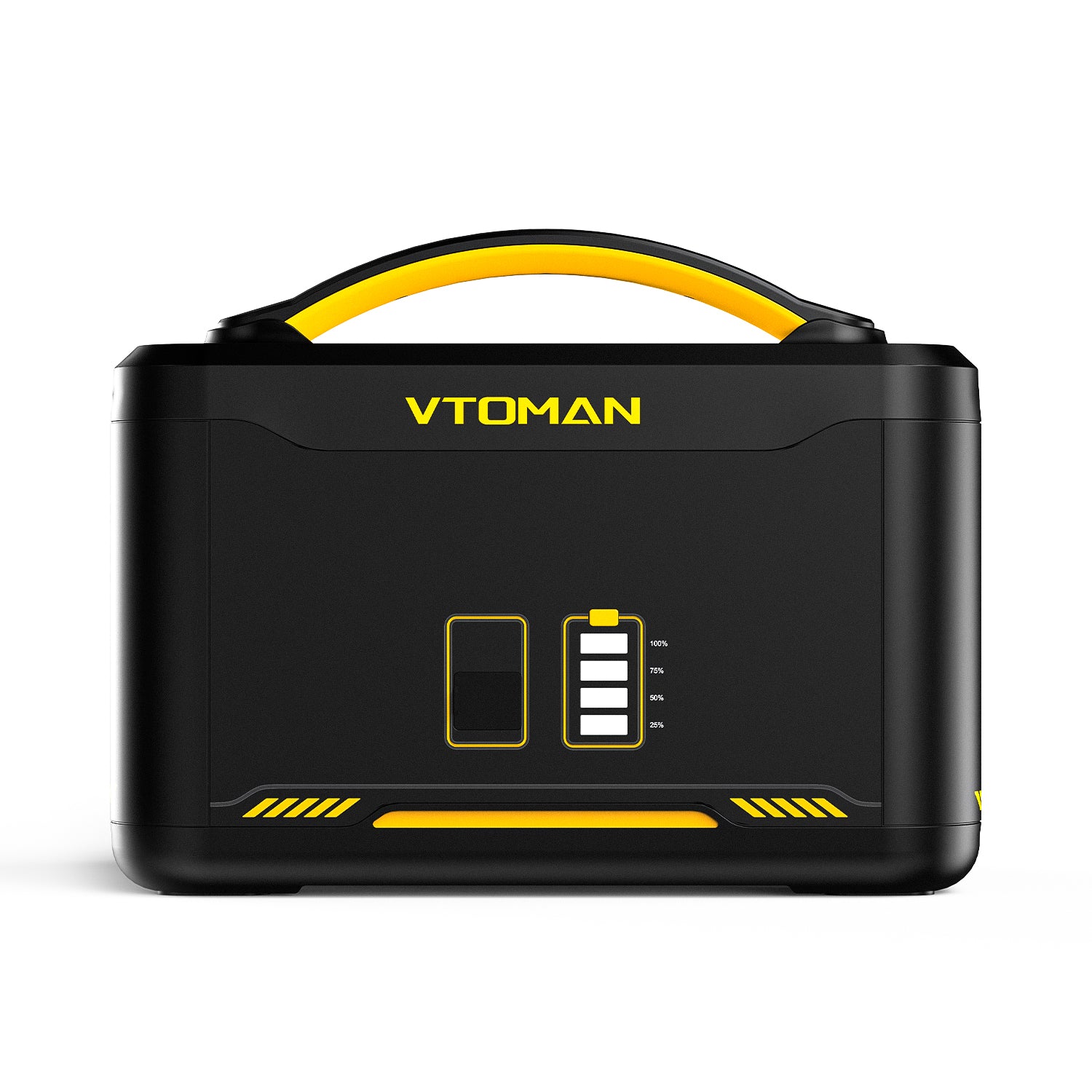As the world continues to transition towards renewable energy sources, the implementation of battery storage systems plays a crucial role in ensuring a reliable and sustainable energy supply. However, there are several challenges that need to be addressed in order to fully realize the potential of battery storage.

The Cost Factor
One of the primary obstacles in implementing battery storage is the cost factor. While the prices of battery technologies have been decreasing over the years, they still remain relatively high compared to traditional energy storage options. The initial investment required for installing battery storage systems can be a significant barrier for many organizations and individuals.
Overcoming this challenge requires innovative financing models and government incentives. For example, governments can provide tax credits or subsidies to encourage the adoption of battery storage systems. Additionally, partnerships between energy companies and battery manufacturers can help drive down costs through economies of scale.
Technical Limitations
Another challenge in implementing battery storage is the technical limitations associated with the technology. Batteries have limited energy storage capacity and can only store electricity for a certain duration. This poses challenges in meeting the energy demands during peak periods or when renewable energy sources are not available.
To overcome these limitations, researchers and engineers are working on developing advanced battery technologies with higher energy density and longer lifespan. For example, lithium-ion batteries are currently the most commonly used technology, but research is underway to explore alternatives such as solid-state batteries and flow batteries that offer higher energy storage capacity and improved performance.
Integration with the Grid
Integrating battery storage systems with the existing power grid is another obstacle that needs to be addressed. The intermittent nature of renewable energy sources, such as solar and wind, requires effective coordination between the generation, storage, and distribution of electricity.
Smart grid technologies and advanced energy management systems play a crucial role in overcoming this challenge. These systems enable real-time monitoring and control of energy flow, allowing for seamless integration of battery storage systems into the grid. Additionally, grid operators need to develop new strategies and policies to effectively manage the integration of battery storage and optimize the overall energy system.
Environmental Considerations
While battery storage systems offer numerous environmental benefits, such as reducing greenhouse gas emissions and enabling the integration of renewable energy sources, they also pose certain environmental challenges. The production and disposal of batteries can have a significant environmental impact.
To address these challenges, it is important to promote sustainable battery manufacturing practices and develop recycling and disposal programs for end-of-life batteries. Research and development efforts should focus on improving the environmental performance of battery technologies, such as reducing the use of rare and toxic materials.
In conclusion, the implementation of battery storage systems faces various challenges that need to be overcome to fully realize their potential. These challenges include the cost factor, technical limitations, integration with the grid, and environmental considerations. However, with innovative solutions, collaboration between stakeholders, and continued research and development, these obstacles can be addressed, paving the way for a more sustainable and reliable energy future.



